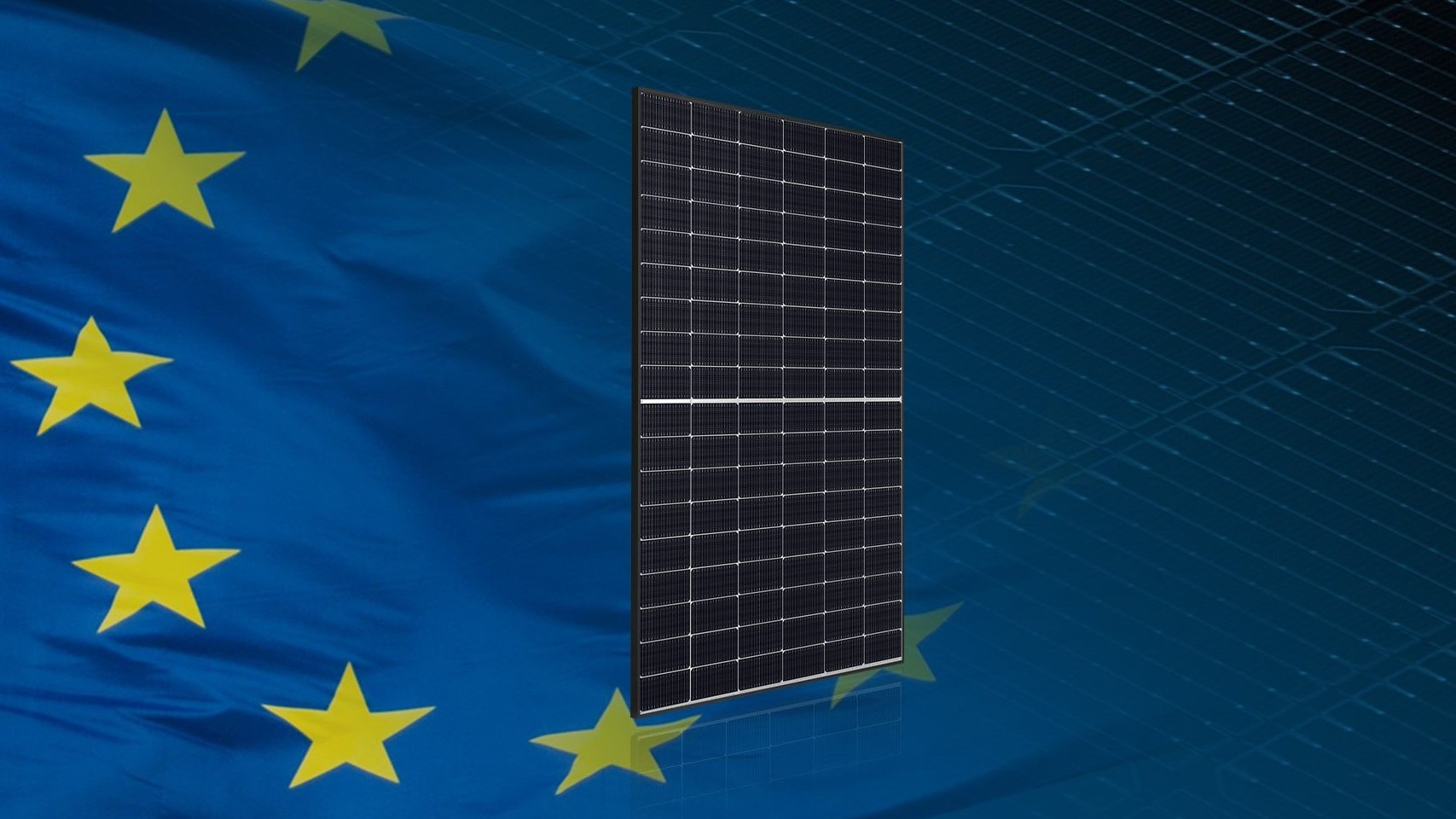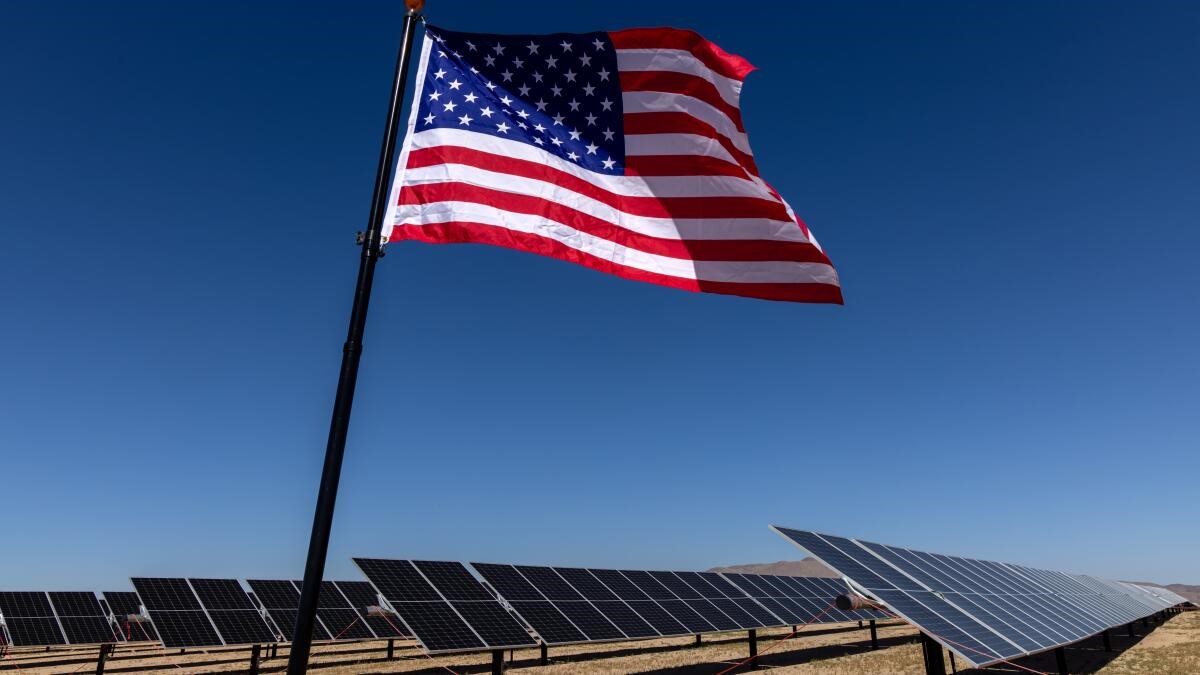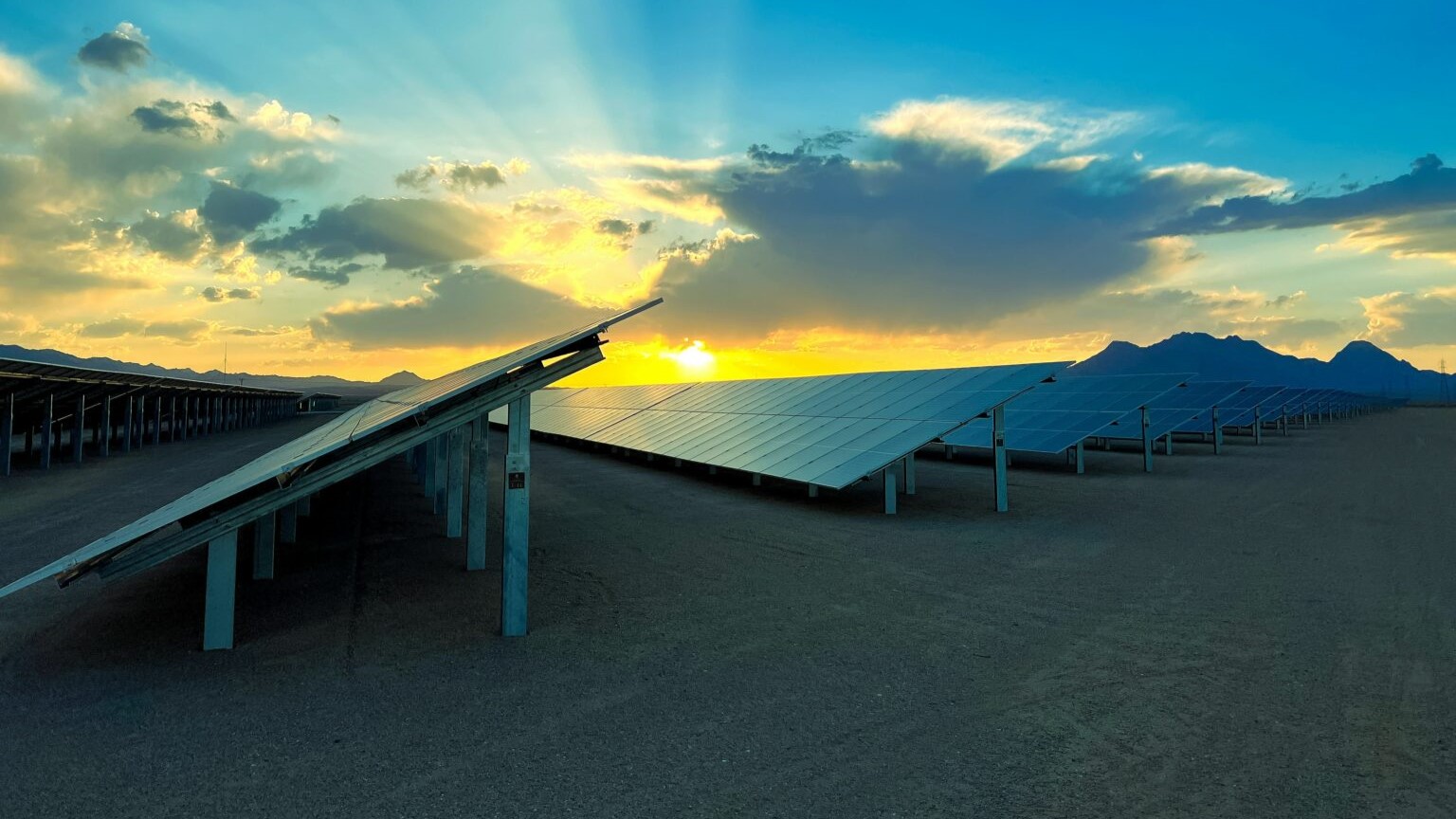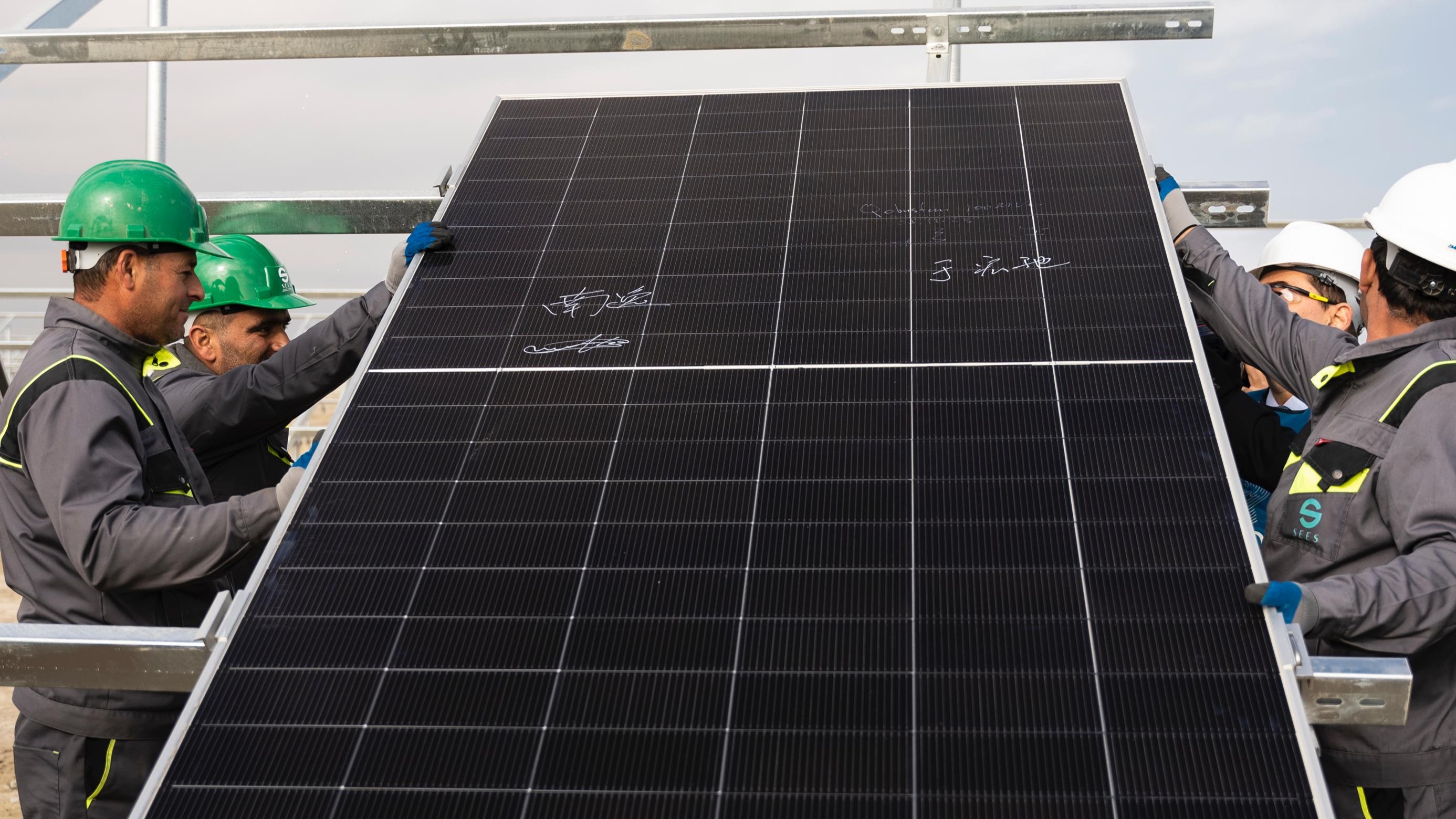Producing a solar module in Europe with EU-made solar cells costs around €0.103 ($0.12)/W more than producing the same module in China, according to a new report.
The Reshoring Solar Module Manufacturing to Europe report, by SolarPower Europe and the Fraunhofer Institute for Solar Energy Systems (ISE), says the gap is caused by higher costs for equipment, materials, labour, buildings and facilities.
As a result, utility-scale solar installations based on EU-made solar cells cost around €0.608/W compared to €0.50/W for an equivalent Chinese system, translating into a levelized cost of electricity (LCOE) that is 14.5% higher for European-made modules. The percentage falls within the 15% additional cost-per-auction cap outlined in the Net Zero Industry Act (NZIA) for non-price criteria in renewable energy auctions.
The report says the cost gap between European-made and Chinese-imported solar can be reduced to below 10% with the right mix of policies, including combining Capex and Opex schemes under output-based support schemes.
It suggests establishing an EU-level output-based support scheme dedicated to solar manufacturing that encompasses grants, loans and de-risking instruments for scaling up solar manufacturing in Europe, while also covering capital and operational expenditures in the shape of production-based support. It points towards the success of similar schemes in other markets, such as the USA's Inflation Reduction Act (IRA) and India's Production Linked Incentive.
The report also highlights a cost difference between NZIA-compliant EU-made and NZIA-compliant non-EU-made modules of €0.022/W to €0.058/W. As a result, the report says governments would be well advised to integrate ‘Made in EU' bonus points or an EU-preference approach in support schemes, particularly for rooftop solar or public procurements.
The European Union has set a target of at least 30 GW of annual solar manufacturing capacity by 2030 under the NZIA. The report says that, technically speaking, it is realistic that this production capacity could be built along the solar value chain by the end of the decade.
The benchmark figure would account for between 30% and 50% of the EU’s solar market and around 2% to 3% of the global solar market. The report estimates between six to ten factories operating at a minimum size between 3 GW and 5 GW annually would need to be built across Europe to facilitate the capacity.
To meet the 30 GW target, Europe’s solar industry will need between €1.4 billion and €5.2 billion annually in support, the report adds. It also estimates that up to 39% of costs can be recovered through macroeconomic benefits, including up to 2,700 jobs and €66.5 million in annual tax and social revenues.
SolarPower Europe CEO, Walburga Hemetsberger, commented that with the right policies, Europe can competitively deliver 30 GW of solar manufacturing by 2030. “To meet the 2030 goal, the EU and Member States must act swiftly,” Hemetsberger added. “Without interventions, Europe risks losing remaining industrial and technological capabilities in solar.”
The report also warns that the European manufacturing sector will struggle to compete with dominant global players and risk losing its remaining industrial and technological solar capabilities without the proposed interventions. “Since scaling up manufacturing facilities typically takes two to three years, there is only a narrow window left to create the necessary conditions for investors to commit to manufacturing in the EU until 2030,” it says.








